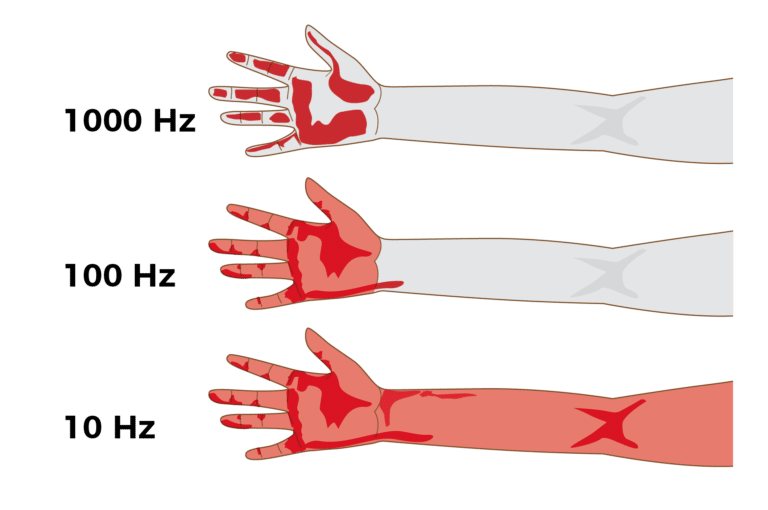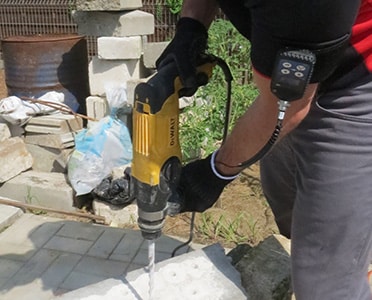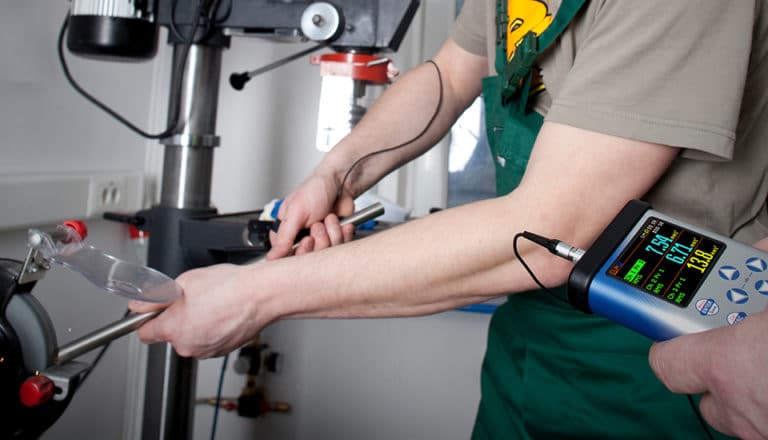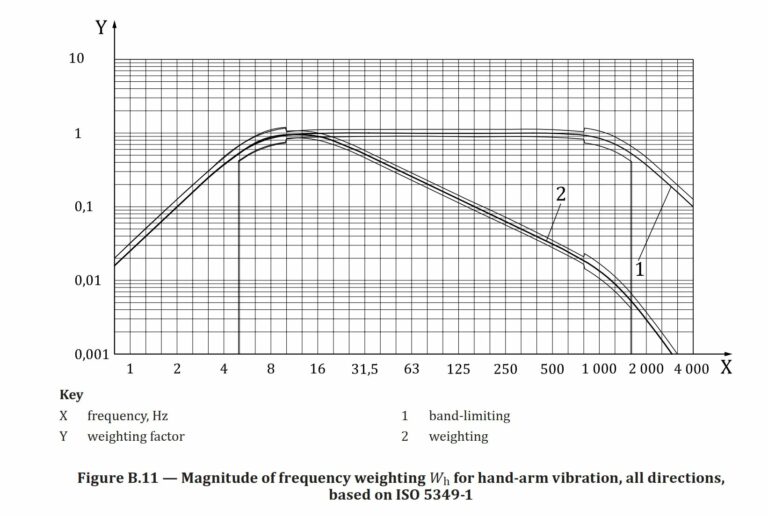HAVS - Hand Arm Vibration Syndrome
HAVS Hand Arm Vibration Syndrome, also known as the Vibration White Finger (VWF), is a condition caused by extended occupational exposure to mechanical vibration.
HAVS Hand Arm Vibration Syndrome, also known as the Vibration White Finger (VWF), is a condition caused by extended occupational exposure to mechanical vibration.
HAVS (Hand-Arm Vibration Syndrome) is an occupational disease caused by prolonged exposure to mechanical vibrations. HAVS is also called a vibration syndrome or vibration disease. The HAVS disease is a concern in many fields and jobs that include the use of hand-held vibrating tools (such tools as grinders or hammer drills), hand-guided equipment (such as lawnmowers and plate compactors), or hand-fed machines (such as pedestal grinders).
HAVS symptoms are painful and disabling disorders of the nerves, blood vessels, joints, and muscles of the hands and arms. The most common visible symptom affecting the blood flow to the fingers is also known as vibration-induced white finger.
Vibration White Finger (VWF) is the most common disease caused by vibrating hand tools. It is a type of vascular disorder that affects blood vessels in the fingers. The severe symptoms include fading fingertips on one or more fingers, often called “white-finger disease”.
No. Medicine still cannot cure white finger disease, so the only way to treat it is by dealing with the symptoms. So the best way to avoid vibration disease is to minimize vibration risk to prevent the HAVS from happening in the first place.
No, personal protective equipment such as anti-vibration gloves does not solve this problem. They do not protect against low frequencies which are the most harmful. There is no way to measure their real efficiency in the field.
Human vibrational frequencies are the body’s resonant frequencies that, when excited, cause stress and discomfort or even health issues. At the resonant frequency, there is the maximum displacement between the organ and the skeletal structure, placing biodynamic strain on the body tissue involved.
Hand-arm vibration frequencies can be measured with dedicated HAV meters equipped with frequency weighting filters and frequency analysis in 1/3 octaves.

Hand vibration is a mechanical vibration that, when transmitted to the human hand-arm system, endangers workers’ health and safety, particularly those related to vascular, bone, or joint problems. Hand vibration can be caused by using vibrating tools, hand-guided equipment, or by holding materials being worked by hand-fed machines. Workers exposed to hand vibration regularly and often might get two types of permanent illness: hand-arm vibration syndrome and carpal tunnel syndrome.
Exposure to vibration in the hands can cause tingling, numbness, and reduced grip strength in the early stages. This can make it difficult to do your job or everyday tasks. If you are exposed to vibration for a long time, other symptoms may occur. Your fingers might become white (blanch), red, and painful when you recover, which will reduce your ability to work in cold weather or damp conditions, e.g. outdoors.

Hand-arm vibration testing is a way to measure how much vibration someone is exposed to over time. This is done by measuring the magnitude of vibration at the grip zones or handles. Special adapters are used to measure hand vibration directly on the palm of a hand. The general requirements for measuring and evaluating hand-arm vibration exposure are specified in ISO 5349-1.

The Hand Arm Vibration Chart shows the magnitude of frequency weighting for hand-arm vibration, in all directions, based on ISO 5349-1. The top of the curve at 8 to 10 Hz reflects the most harmful resonant frequencies for hand-arm vibrations.

Hand-arm Vibration Exposure Calculator is a Supervisor software feature that calculates occupational exposures to vibrations. The vibration exposure is calculated based on the duration time of each operation and the amplitudes of vibration measurements. The calculation result is the cumulative exposure of the 8-hour energy-equivalent vibrations (daily vibration exposure). The A(8) vibration exposure is measured to prevent HAVS.

Vibration Exposure Limits to prevent HAVS for hand-arm vibration are 5 m/s2 for daily exposure limit value standardized to 8 hours and 2.5 m/s2 for daily exposure action value standardized to 8 hours
Exposure limits for whole-body vibration are 1.15 m/s2 for daily exposure limit value standardized to 8 hours and 0.5 m/s2 – daily exposure action value standardized to 8 hours.